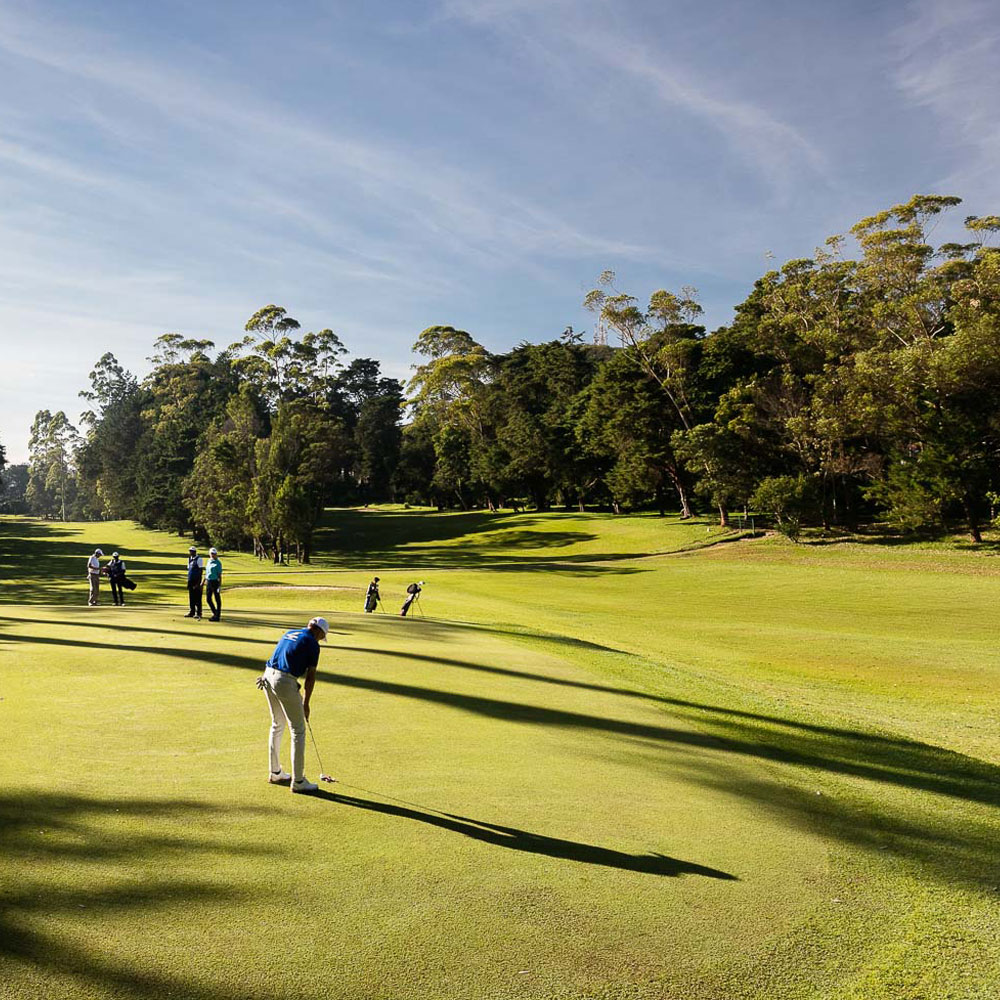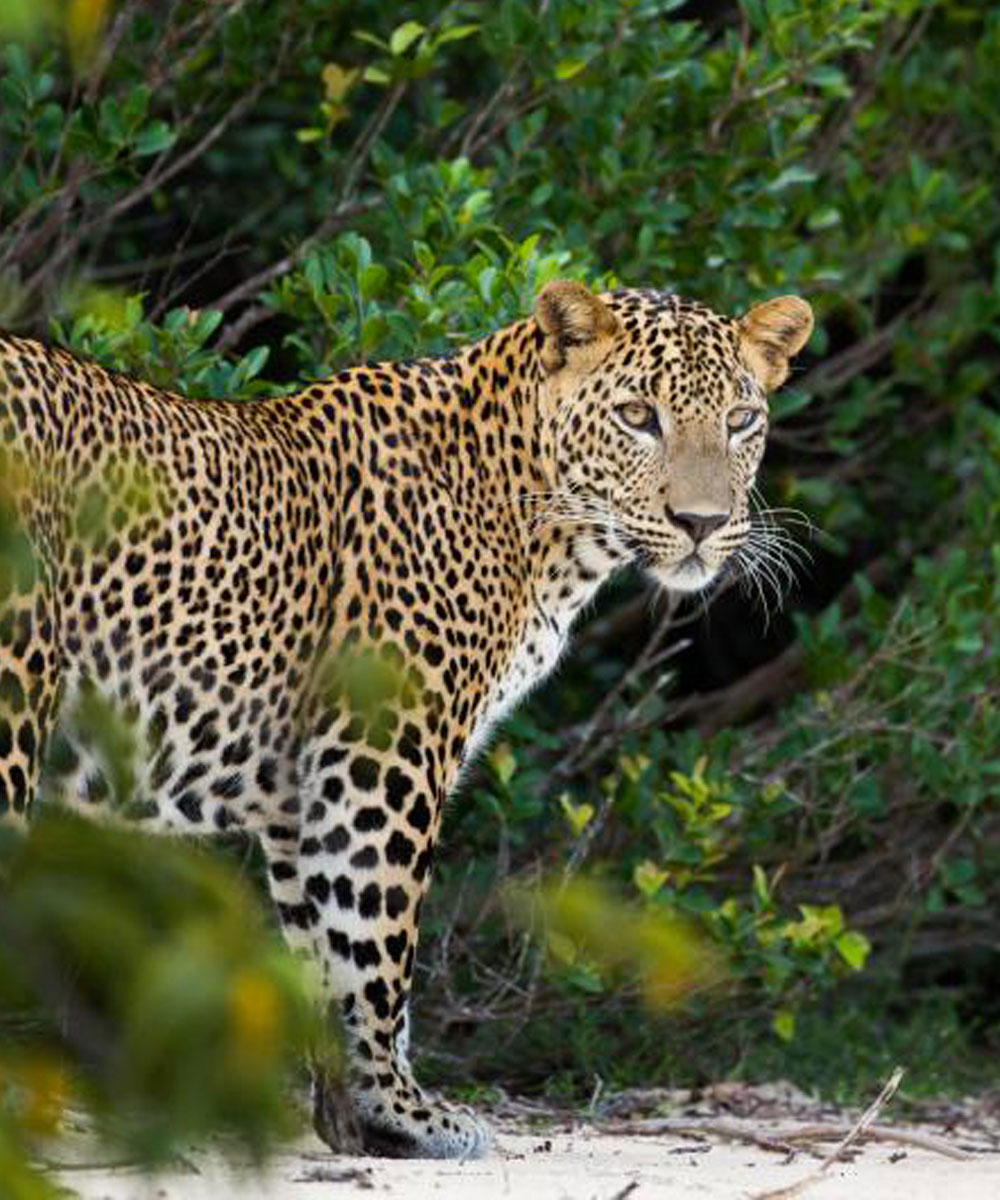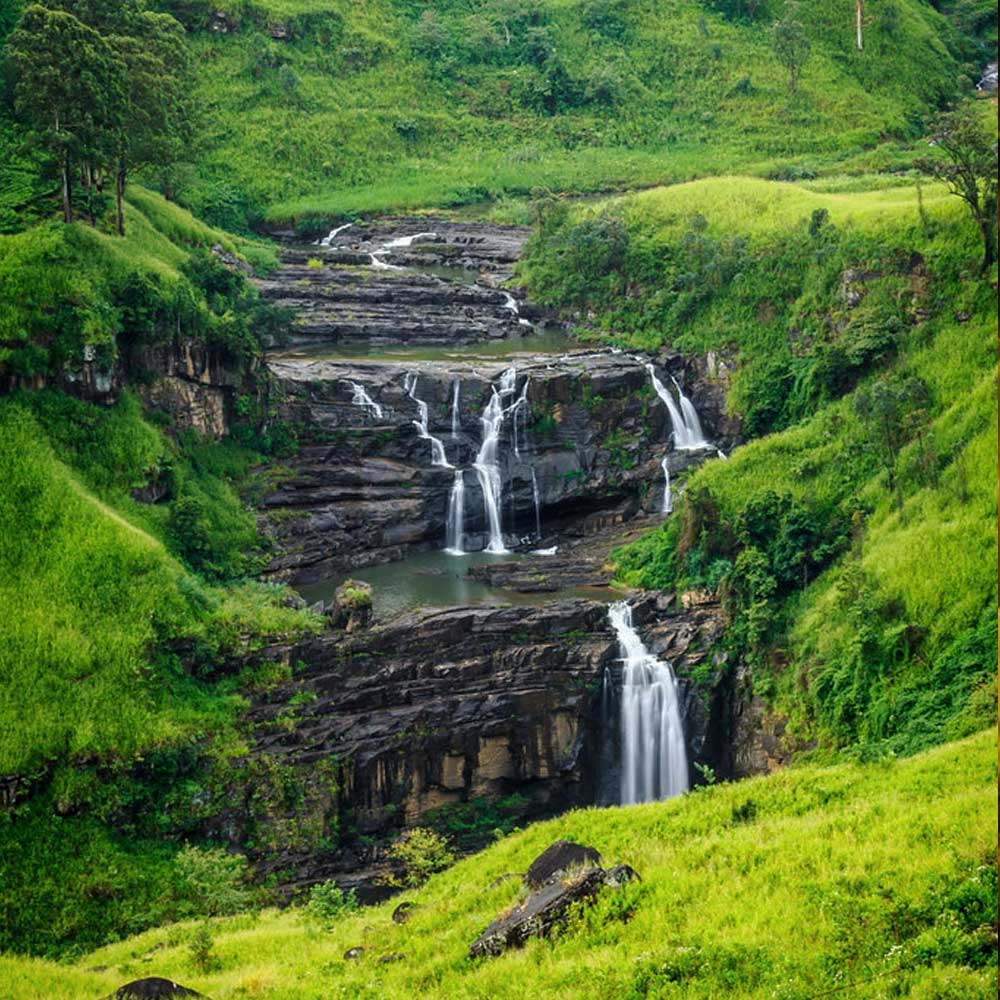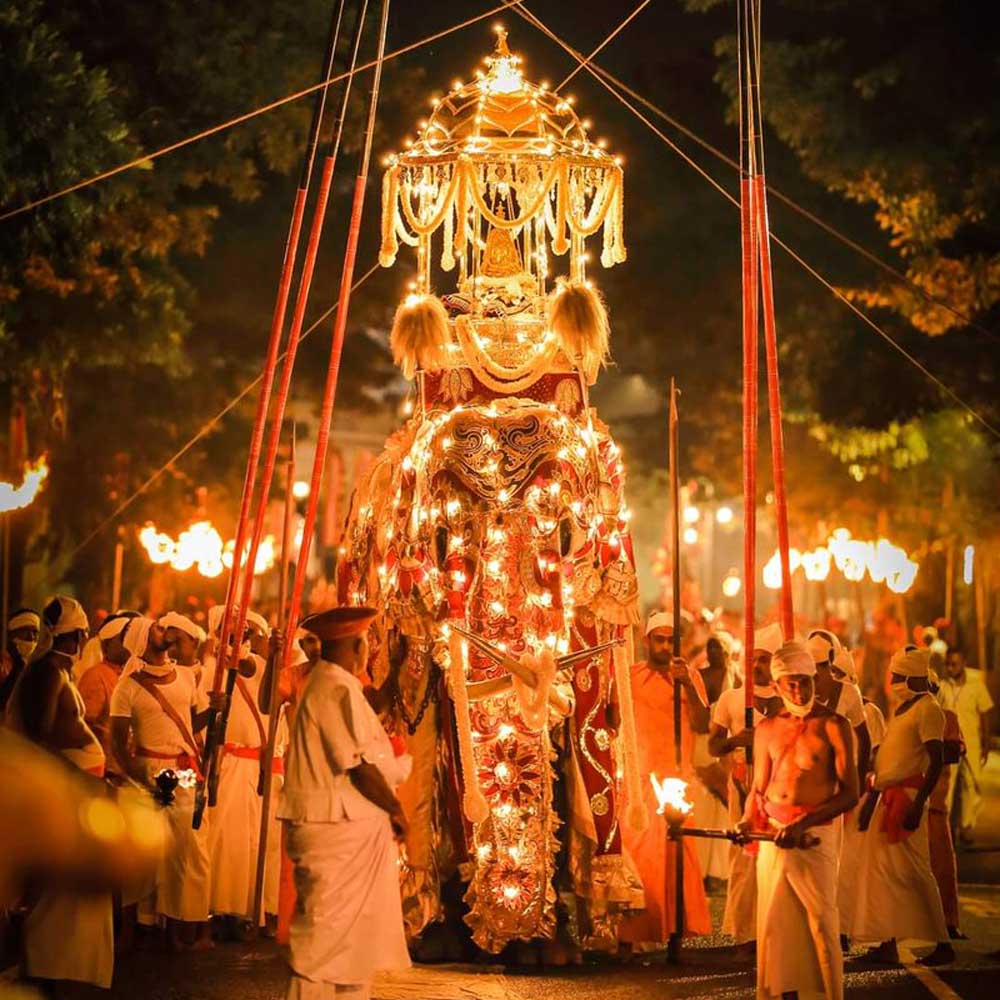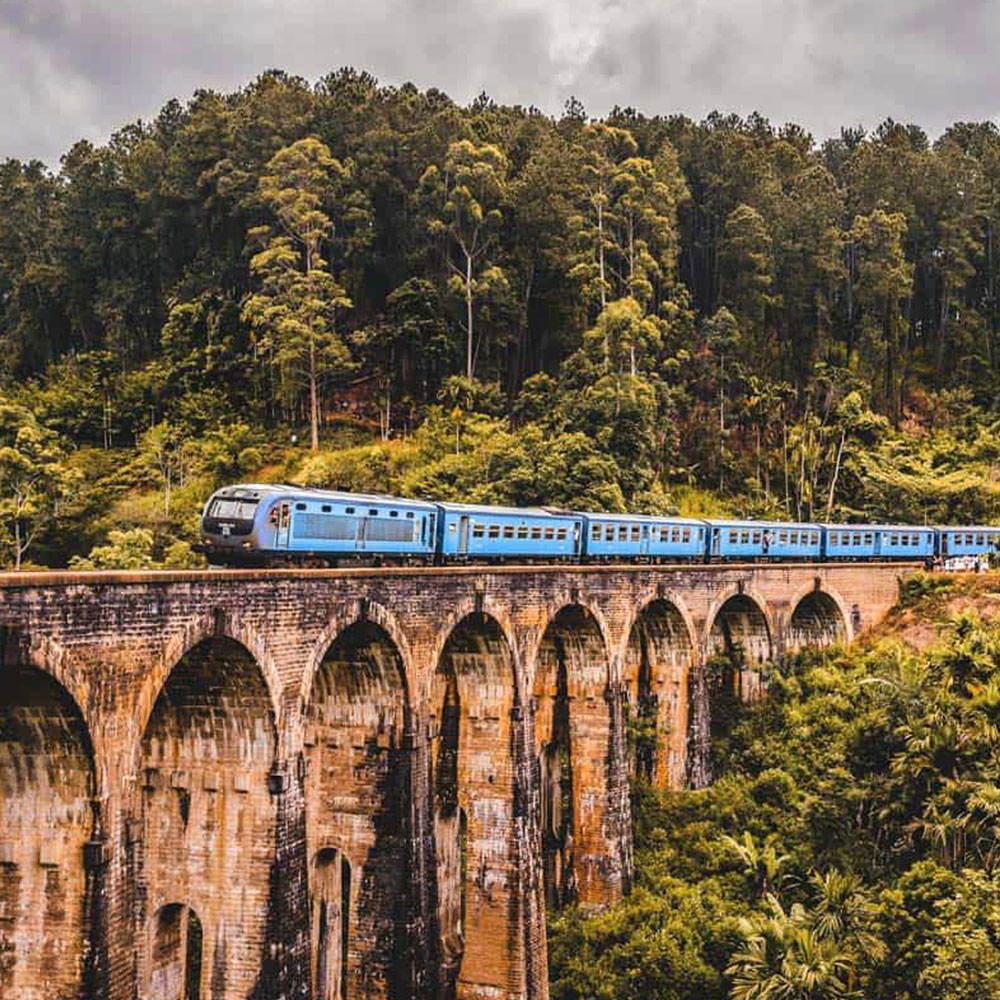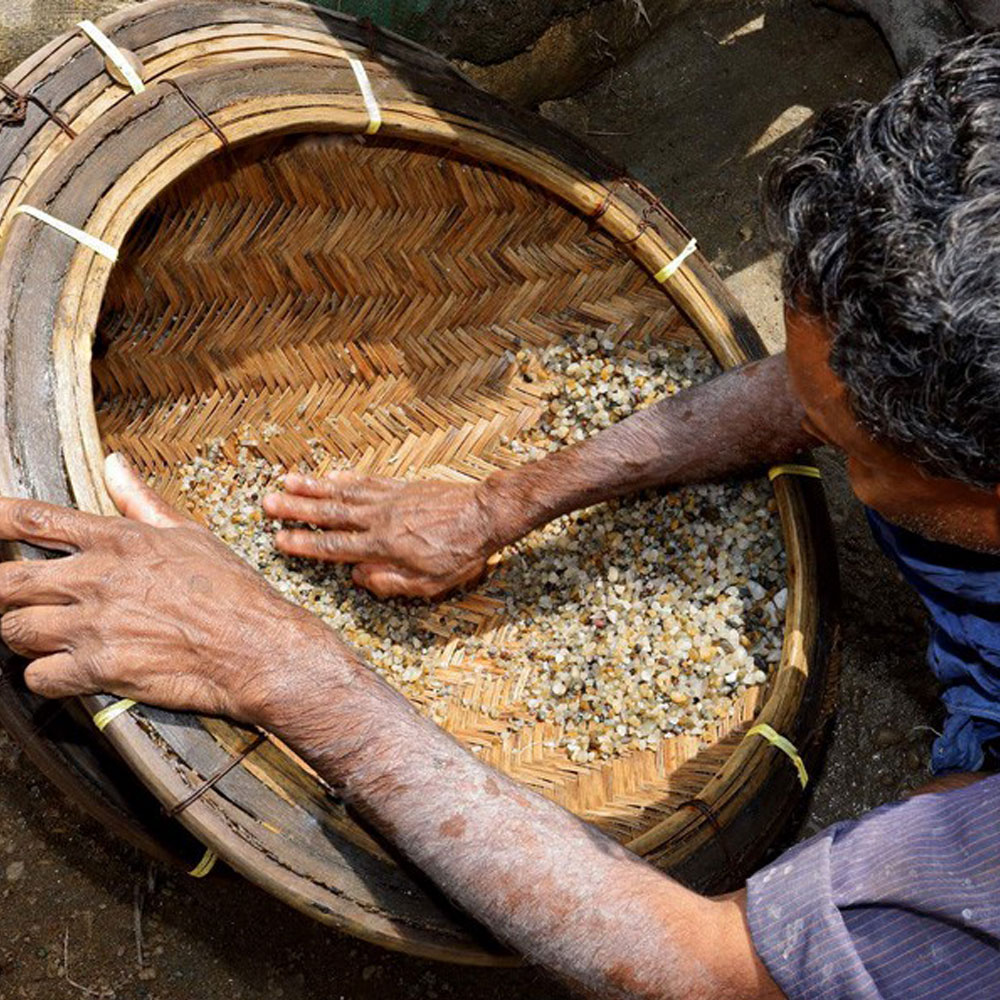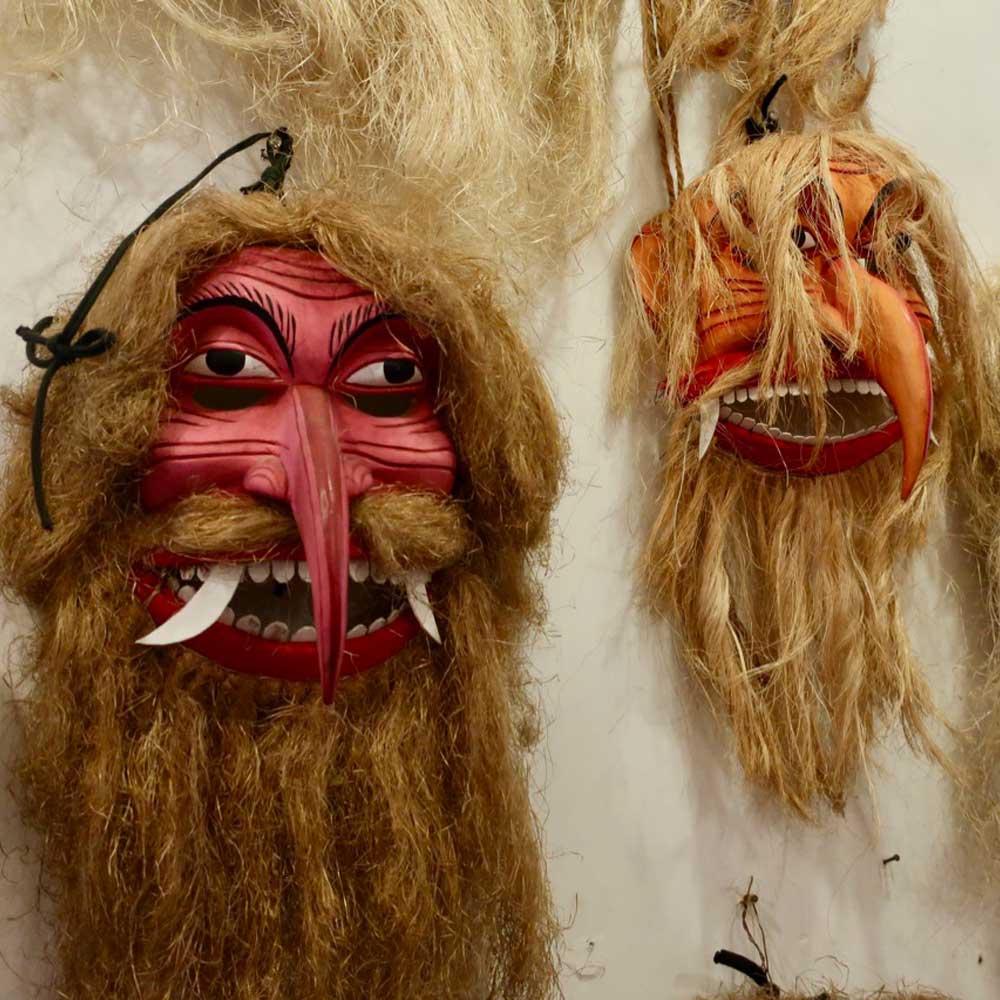History of Ceylon Tea
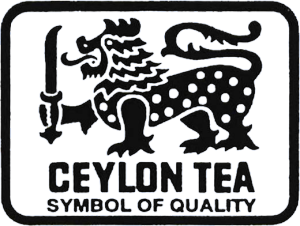
According to ancient legend, Tea first made its appearance to the great Emperor and herbalist Shen Nong of China who accidentally discovered the tea bush when walking through the vast gardens of his empire over 5000 years ago. The golden brew slowly and surely made its way all across the world, infusing itself to the very culture and fabric of human civilization.
Centuries later, it was pioneering Scottish planter James Taylor who changed the course of history once again by bringing it to the Pearl of the Indian Ocean – Ceylon or Sri Lanka as it is now called, in 1867. It is in Ceylon that tea took a revolutionary turn and brought tea into the world's spotlight. This revolution began with the country's first tea garden – Loolecondera.
Today, Ceylon Tea is prized world over for its high quality and plantation fresh taste, but moreover for its inimitable and beautiful diversity. For a small tropical island located in the Indian Ocean, Sri Lanka boasts of a vivid, contoured landscape that changes dramatically from its cold central highlands to its scenic blue coasts. The country's unique agro-climatic conditions contributes to tea with distinctive personalities – flavour, colour, strength, and aroma- which depend on the altitude and weather conditions as well as the district on which it is grown. In Sri Lanka, no two teas are alike.
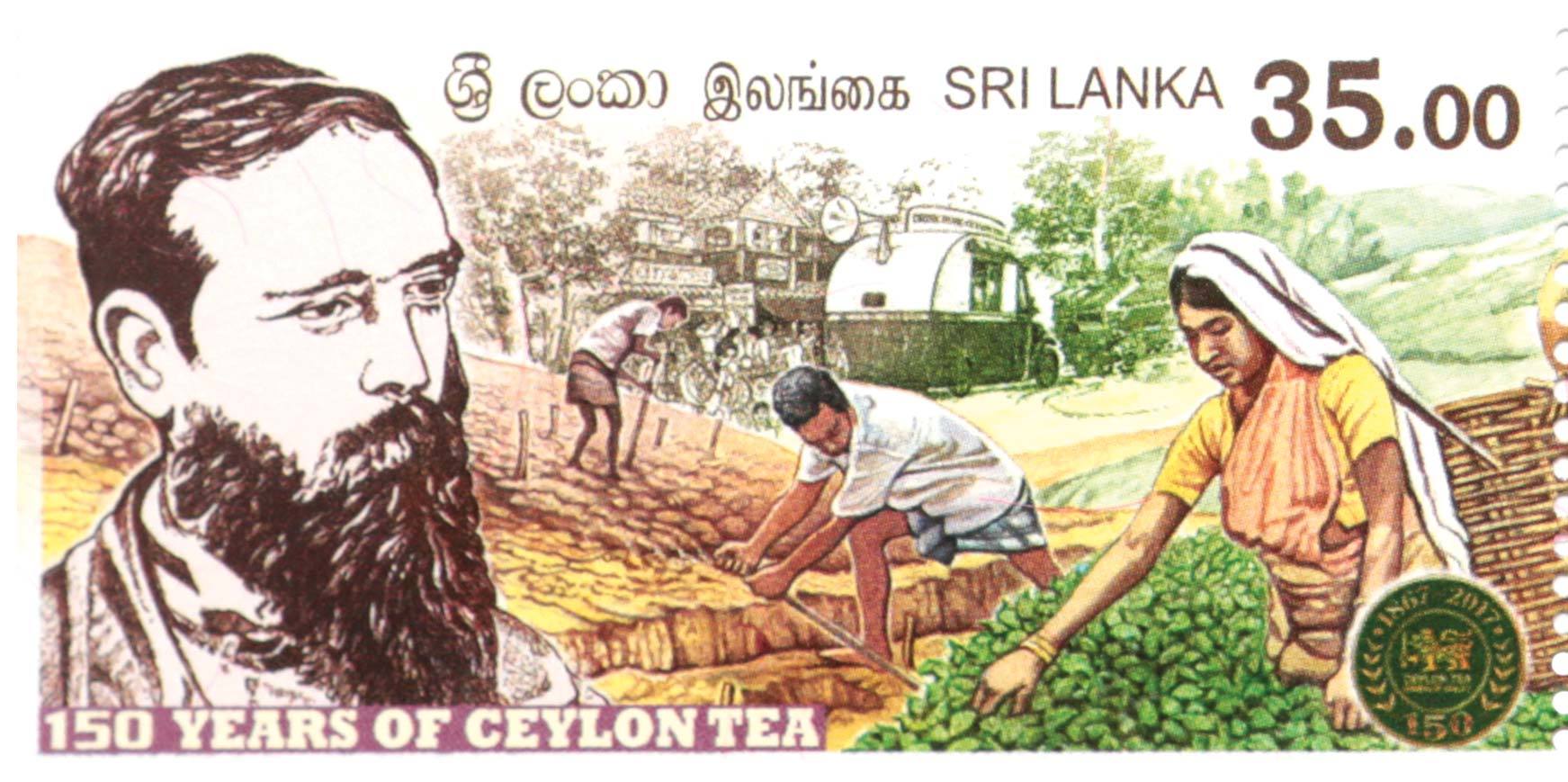
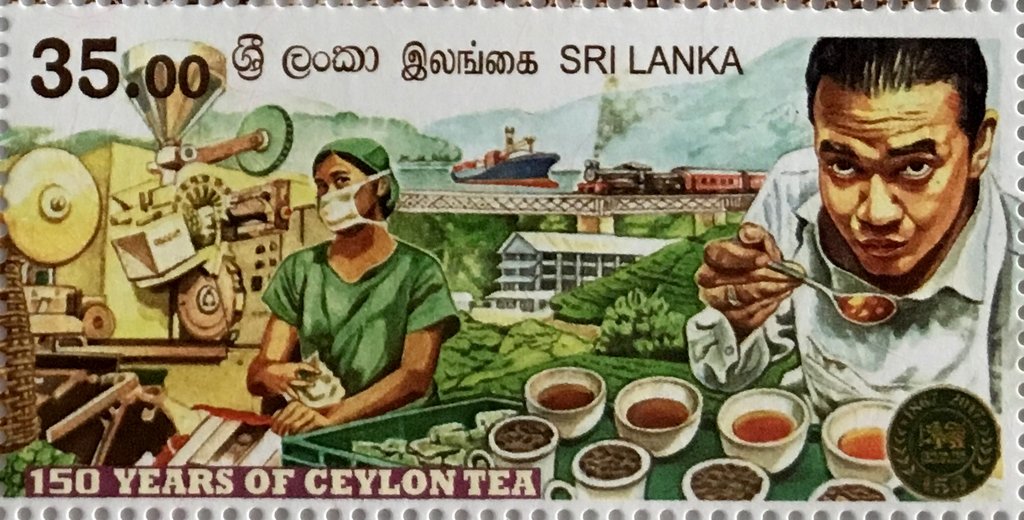
Our lush green tea gardens sprawl across these diverse terroirs, where the top most two leaves and bud are carefully handpicked by dedicated pluckers and naturally processed to traditional recipes practiced and perfected by experienced tea masters over generations.
In present day, Sri Lanka is a leading producer and exporter of tea to the world. The Colombo Tea Auction is the single largest tea auction in the world, selling over 6.5 million kilograms of tea each week. It is also proud to claim that as per the recent findings of the FDA (Food & Drug Authority) Ceylon Tea has been certified the cleanest tea in the world. Ceylon Tea can be identified by the trademarked Lion Logo on each pack, which ensures 100% pure Ceylon Tea packed in Sri Lanka.
Ceylon Tea Grades
Ceylon Tea is generally divided into various 'grades'. These grade names are an indication of size or appearance of manufactured leaf and not of its quality. These are but a few of the main tea grades popular among discerning tea drinkers.












